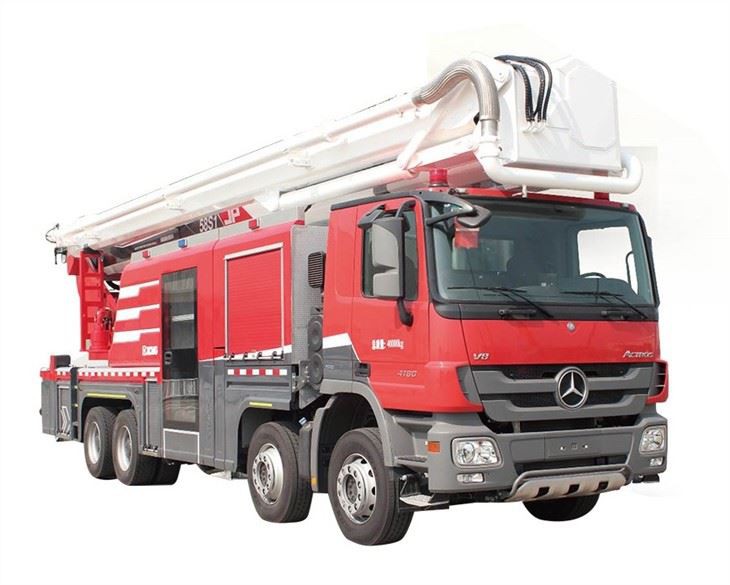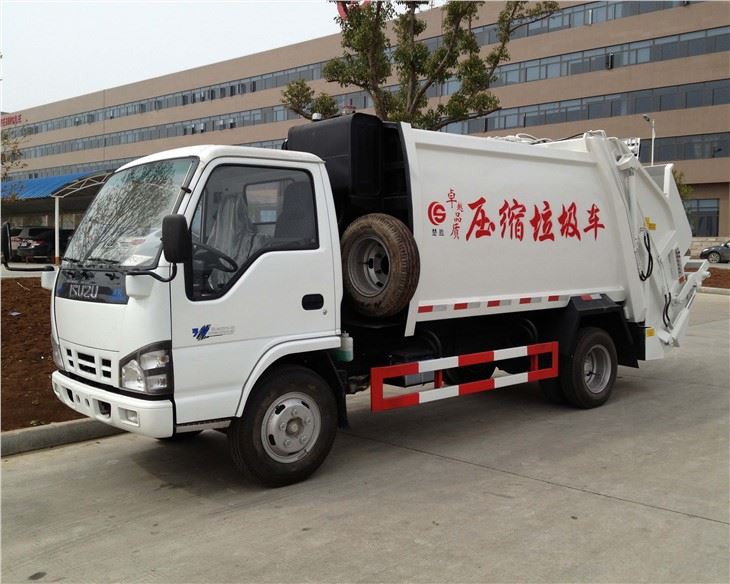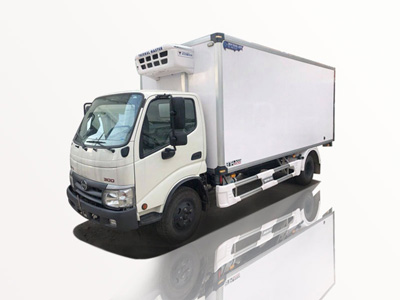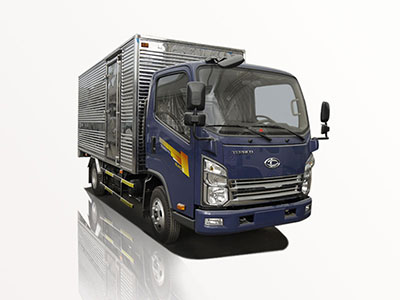Introduction
Cherry pickers are vital pieces of equipment across various industries, known for their unique ability to lift individuals and tools to elevated heights safely and efficiently. They are often confused with other types of aerial work platforms, but cherry pickers have distinct features and applications that set them apart. In this article, we will define what a cherry picker is, explore its types, uses, safety measures, maintenance, and more, providing both practical examples and tips for effective utilization. Whether you are a contractor, a maintenance worker, or simply interested in learning more about this essential equipment, this article aims to cover everything you need to know about cherry pickers.
What is a Cherry Picker?
A cherry picker, also known as an aerial lift or boom lift, is a type of vehicle-mounted device equipped with a platform or bucket that can be raised and lowered to allow workers to reach high places safely. The name “cherry picker” originated from the equipment’s initial use in cherry harvesting, where workers were lifted to pick fruit from tall trees.
Types of Cherry Pickers
Cherry pickers come in several types, each designed for specific tasks and environments. Below are the most common types:
1. Telescopic Boom Lift
This type of cherry picker extends upward and outward to reach high work areas. It features a straight boom that can extend out to various lengths, providing versatility for various tasks.
2. Articulating Boom Lift
Articulating boom lifts have a jointed arm, allowing the platform to reach over obstacles. This design enables workers to access tight spots and difficult angles while maintaining safety.
3. Scissor Lift
While not a traditional cherry picker, scissor lifts are often used in similar applications. They provide a stable platform that raises vertically without extending outward, making them ideal for indoor jobs or where overhead obstacles are present.
4. Towable Cherry Pickers
These portable cherry pickers can be towed by vehicles, making them convenient for maintenance tasks in remote locations. They are often smaller and more lightweight than other types.
Applications of Cherry Pickers
The versatility of cherry pickers allows them to be used across various industries. Here are some common applications:
1. Construction
Cherry pickers are widely used on construction sites for tasks such as installing roofing, windows, and HVAC systems at heights. They provide a stable work platform, enhancing safety and productivity.
2. Electrical Maintenance
Utility companies utilize cherry pickers to reach overhead power lines and perform maintenance work. This equipment allows electricians to safely work on high-voltage electrical installations.
3. Tree Care
Arborists use cherry pickers to trim trees and assess their health. The extended reach enables workers to access tall branches without risking climbing hazards.
4. Film and TV Production
In the entertainment industry, cherry pickers are used to elevate cameras and lighting equipment during shoots, providing dynamic angles that enhance productions.
5. Warehouse Management
Cherry pickers are also commonly employed in warehouses to access high shelving, allowing workers to retrieve or store items safely.
Safety Considerations When Using Cherry Pickers
While cherry pickers enhance productivity, safety should always be a top priority. Here are several safety measures to observe:
1. Proper Training
Operators must undergo comprehensive training to understand equipment functionality, emergency protocols, and safety measures.
2. Conducting Inspections
Before use, cherry pickers should be inspected for any signs of wear or malfunction. Operators should check controls, safety features, and structural components.
3. Use of Personal Protective Equipment (PPE)
Workers should wear appropriate PPE, including helmets, harnesses, and non-slip footwear, to reduce injury risk.
4. Adhering to Weight Limits
Each cherry picker has a specified weight limit. Exceeding this limit can compromise stability and safety.
5. Ensuring Proper Setup
The terrain must be level, stable, and free of debris when setting up a cherry picker. Always engage stabilizers for enhanced stability.
Maintenance of Cherry Pickers
Regular maintenance is crucial to ensure the longevity and safety of cherry pickers. Here are some essential maintenance tips:
1. Routine Inspections
Carry out daily visual inspections to check for any visible damage or leaks. Schedule professional inspections regularly.
2. Cleaning
Regularly clean cherry pickers to prevent rust and corrosion. Pay special attention to the boom and hydraulic systems.
3. Lubrication
Keep all moving parts well-lubricated to ensure smooth operation. Follow the manufacturer’s guidelines for lubrication intervals.
4. Battery Maintenance
For electric cherry pickers, monitor battery performance and check for corrosion on terminals. Replace batteries as needed to ensure reliable operation.
Choosing the Right Cherry Picker
Selecting the appropriate cherry picker for your project requires understanding your specific needs. Consider the following factors:
1. Height Requirements
Determine the maximum height you need to reach and select a cherry picker with sufficient capacity.
2. Weight Capacity
Evaluate the weight of equipment and personnel that the cherry picker will need to support. Ensure it meets or exceeds the required weight limit.
3. Work Environment
Assess the job site for terrain type and space limitations. Some cherry pickers may not perform well on uneven surfaces, while others are ideal for tight spaces.
4. Budget
Consider your budget for purchasing or renting equipment. Prices can vary significantly based on type and brand.
Cost of Cherry Pickers
The cost of cherry pickers can vary based on several factors, including type, brand, and features. Below is a general overview:
| Type of Cherry Picker | Rental Cost per Day | Purchase Cost |
|---|---|---|
| Telescopic Boom Lift | $200 – $450 | $50,000 – $100,000 |
| Articulating Boom Lift | $250 – $500 | $55,000 – $120,000 |
| Scissor Lift | $150 – $300 | $30,000 – $70,000 |
| Towable Cherry Picker | $100 – $200 | $15,000 – $30,000 |
Practical Tips for Using Cherry Pickers
To maximize efficiency and safety when using cherry pickers, consider the following practical tips:
1. Plan Your Worksite
Before using a cherry picker, develop a plan outlining how and when tasks will be performed, taking note of potential hazards.
2. Communicate Effectively
Establish hand signals or communication devices to ensure clear communication between the ground crew and the operator when working at heights.
3. Set Up Barriers
Use cones or barriers to designate areas where cherry pickers will be operating to minimize the risk of interference from pedestrians or vehicles.
4. Monitor Weather Conditions
Check weather forecasts before working at heights. High winds or storms can affect stability and safety.
FAQ Section
1. What is a cherry picker used for?
A cherry picker is primarily used to lift workers and equipment to elevated areas safely. Common applications include construction, maintenance, tree care, and more.
2. How high can cherry pickers reach?
Cherry pickers can reach heights between 30 and 150 feet, depending on the type and model. Always check the specifications for the exact reach capacity.
3. Are cherry pickers safe to use?
When used correctly and with proper safety protocols in place, cherry pickers are generally safe. Operator training and equipment maintenance are crucial for safety.
4. How do I maintain a cherry picker?
Regular maintenance should include inspections, cleaning, lubrication, and battery checks. Follow the manufacturer’s recommendations for schedules and procedures.
5. Can cherry pickers be rented?
Yes, many equipment rental companies offer cherry pickers for rent, typically charging a daily or weekly fee based on the type and duration of use.
6. How do I choose the right cherry picker for my project?
Consider height and weight requirements, work environment, and budget when selecting the right cherry picker. Make sure it fits the specific needs of your project.



